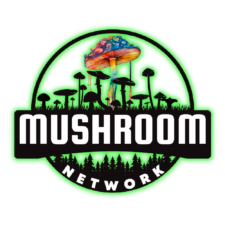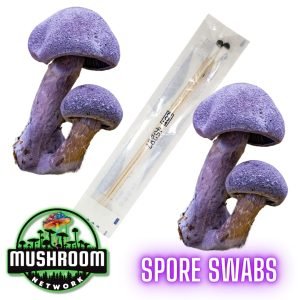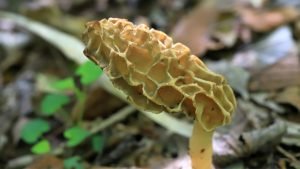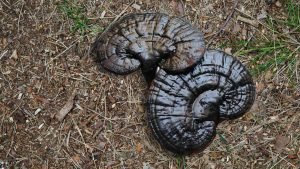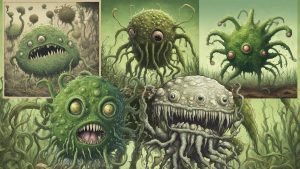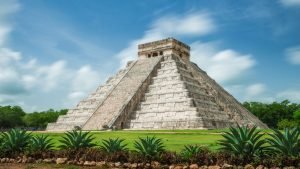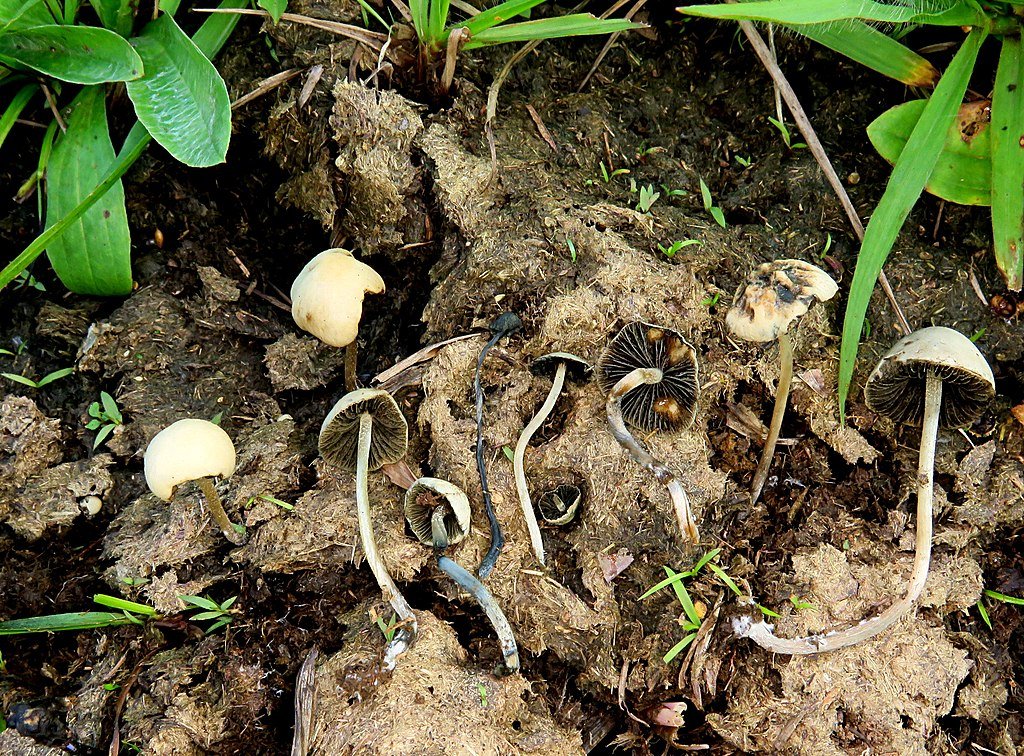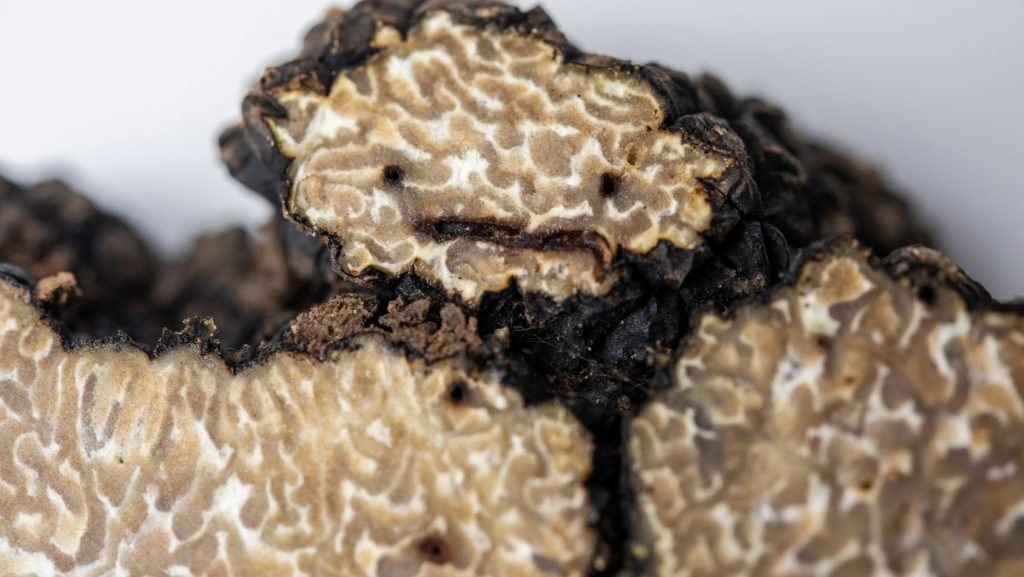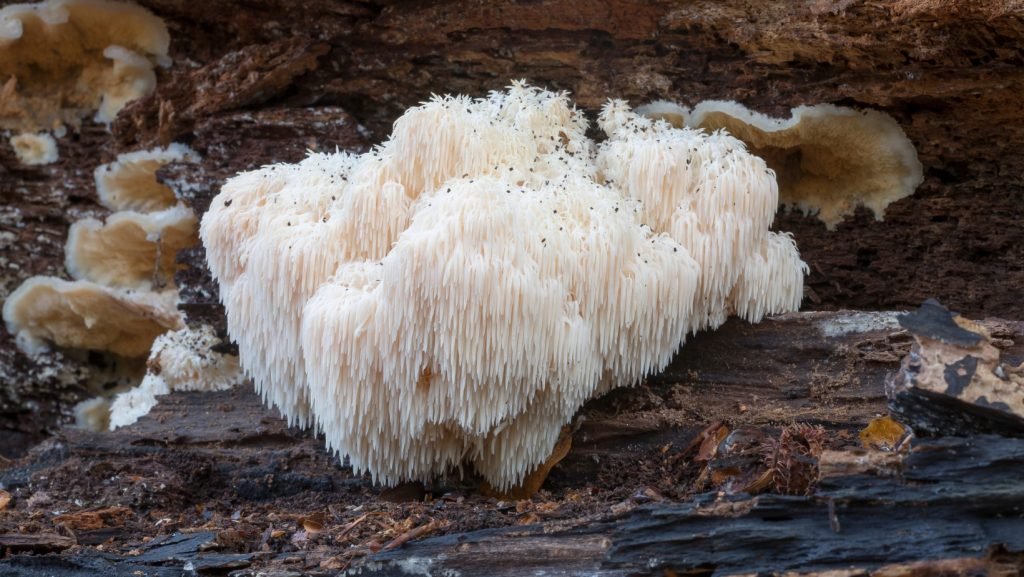Imagine a world where mushrooms aren’t just food or medicine, but gods. Throughout history, ancient societies have revered various natural elements, from the sun to animals. Could fungi, with their mystifying growth and potent properties, have been seen as divine in ancient civilizations?
Expanding on this concept, mushrooms’ sudden appearance, their sometimes hallucinogenic effects, and the vast underground networks they form could easily make them subjects of awe and worship. Their growth from decay, bringing life from death, might symbolize resurrection or reincarnation.
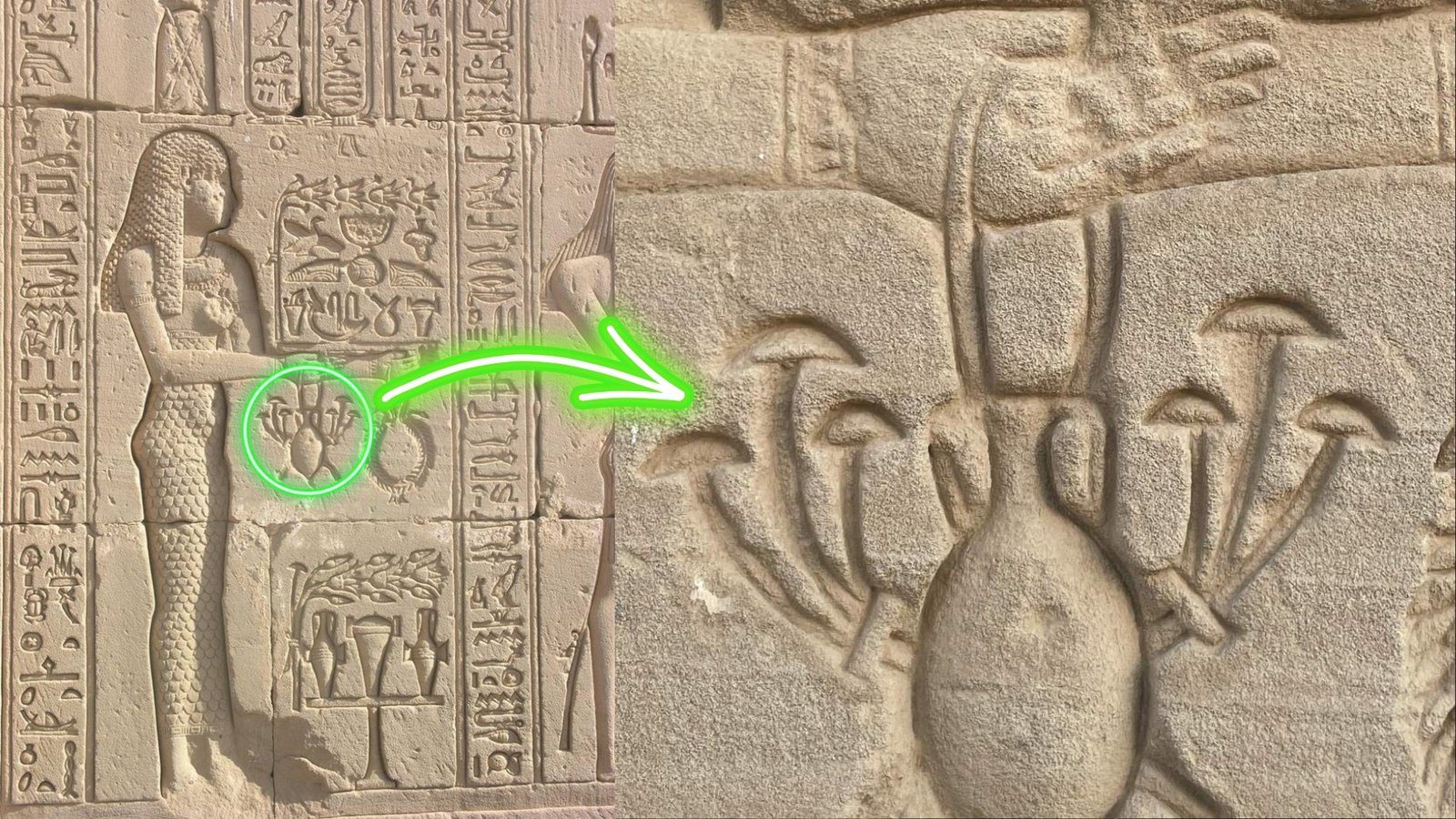
The Theological Position of Fungi:
Mystical Manifestations: The sudden appearance of mushrooms after rains could have been perceived as divine manifestations. Their ephemeral nature, here today and gone tomorrow, might symbolize the transient nature of life or divine interventions.
Fungi in Rituals: Psychoactive fungi, such as the Amanita Muscaria or Psilocybe species, could have played roles in religious ceremonies, acting as a bridge between the earthly realm and the divine, facilitating communication with gods or ancestors.
Resurrection and Regeneration: The lifecycle of fungi, where they decompose matter and give rise to new life, can be seen as a process of rebirth. Ancient societies might have associated mushrooms with gods of death and rebirth, akin to Osiris in Egyptian mythology or Dionysus in Greek legends.
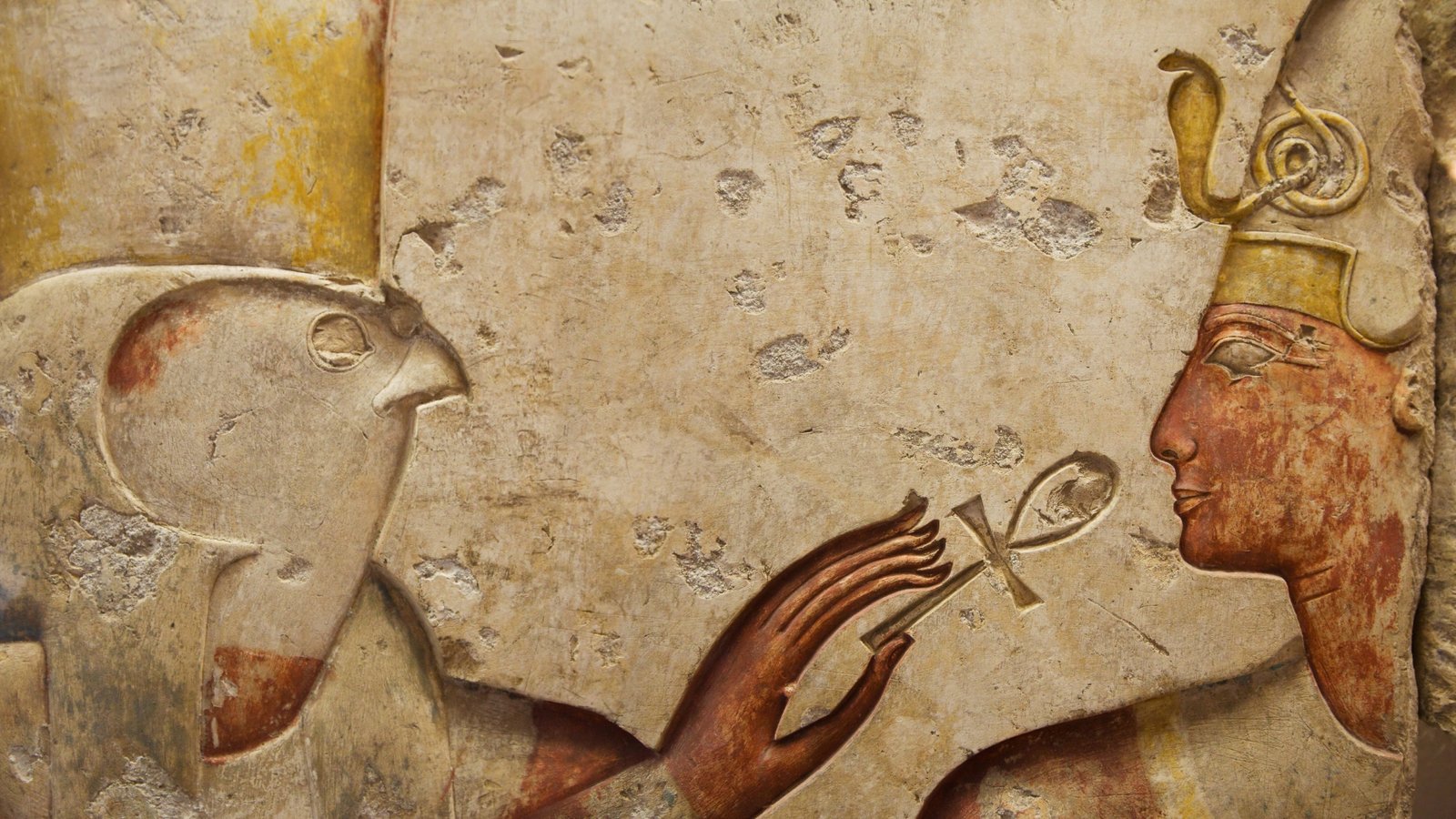
Historical Interpretations and Artifacts:
Iconography and Symbols: Ancient art, particularly in Mesoamerican cultures, showcases mushroom-like structures alongside deities. Such depictions could represent the worship or reverence of fungi.
Soma, the Divine Elixir: In the Vedic tradition, Soma was a drink consumed to interact with gods. Some theories propose that this was a brew made from hallucinogenic fungi, signifying its sacred status.
Textual References: Ancient texts might have metaphorical mentions of mushrooms. Deciphering these references could provide insights into how these societies perceived fungi as divine or sacred entities.
The universe of mushrooms is expansive, each variant bearing its own unique charm and characteristics. The Marketplace on the 🍄 Mushroom Network is a testament to this diversity. It is a haven for those seeking a deeper understanding of the magical world of mushrooms. If you’re keen on learning more about this type of mushroom and other mushroom variants, this Marketplace is your ultimate resource.
Societal Impact and Fungal Deities:
Temple of the Toadstool: Hypothetically, there could have been temples dedicated to mushroom deities. These would be places of worship, learning, and perhaps even healing, given the medicinal properties of some fungi.
Fungal Festivals: Seasonal appearances of mushrooms might have led to annual festivals, much like harvest festivals, celebrating the bounty and blessings of the fungal gods.
Priests and Shaman: Within these societies, there might have existed a class of priests or shamans specialized in the knowledge of fungi. They could interpret the messages of the gods, conduct rituals, and guide the laity in proper practices.
Not sure where to start? The 🍄 Mushroom Academy offers a wide range of courses tailored to your needs. Whether you’re a beginner eager to learn or an experienced mycologist looking to broaden your knowledge, the 🍄 Academy has something for everyone.
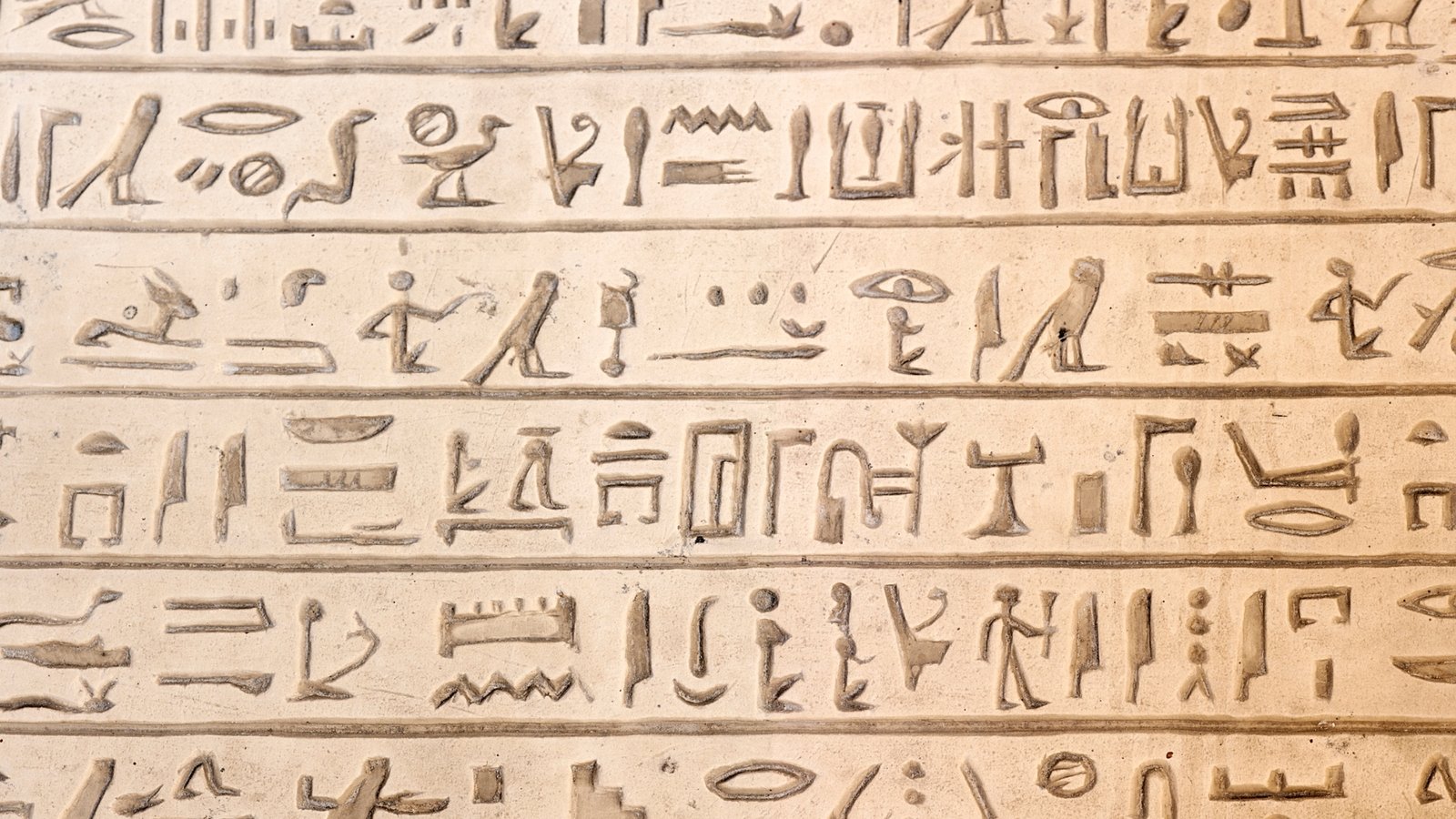
Echoes from the Ethereal Edible:
While the idea of mushroom gods and divine fungi might seem fantastical, it’s not far-fetched when considering the reverence ancient societies held for the natural world. Fungi, with their unique lifecycle and properties, could easily have been the stuff of legends, myths, and gods in ages past.
Don’t forget to check out the 🍄 Mushroom Network’s Marketplace to see what’s available. But hurry, our shelves are constantly evolving, and you wouldn’t want to miss out on this wonderful mushroom. Join our growing network of Patrons, Genetics, and Mycologist Vendors only on the 🍄 Mushroom Network!
Recommended Reads:
Gourmet Galaxies: A Culinary Tour of Edible Mushrooms
About This Article: Embark on a flavor-filled voyage with ‘Gourmet Galaxies,’ exploring the culinary wonders...
Read More...Ganoderma Sinense: A Jewel of East Asian Mycology
Journey to the East: East Asia’s rich mycological landscape presents us with Ganoderma Sinense, a...
Read More...Attack of the Green Mold: Defending Your Mushroom Empire
About This Article: Embark on a fungal adventure with ‘Attack of the Green Mold: Defending...
Read More...Ethnomycology: The Interplay of Fungi and Spirituality in Human History
In the vast, interconnected web of life on Earth, one group of organisms has held...
Read More...Whoa there, Spore Sport! 🍄 Looks like you’re not logged in yet. Don’t you know what you’re missing? MYCO-CREDITS! Imagine all the fungal fun you could have. It’s like finding a Morel in May and not picking it. Tragic, right? Log In or Become a Myco-Patron and start racking up those credits. It’s more rewarding than finding a mushroom in your backyard! 🌟🏡
